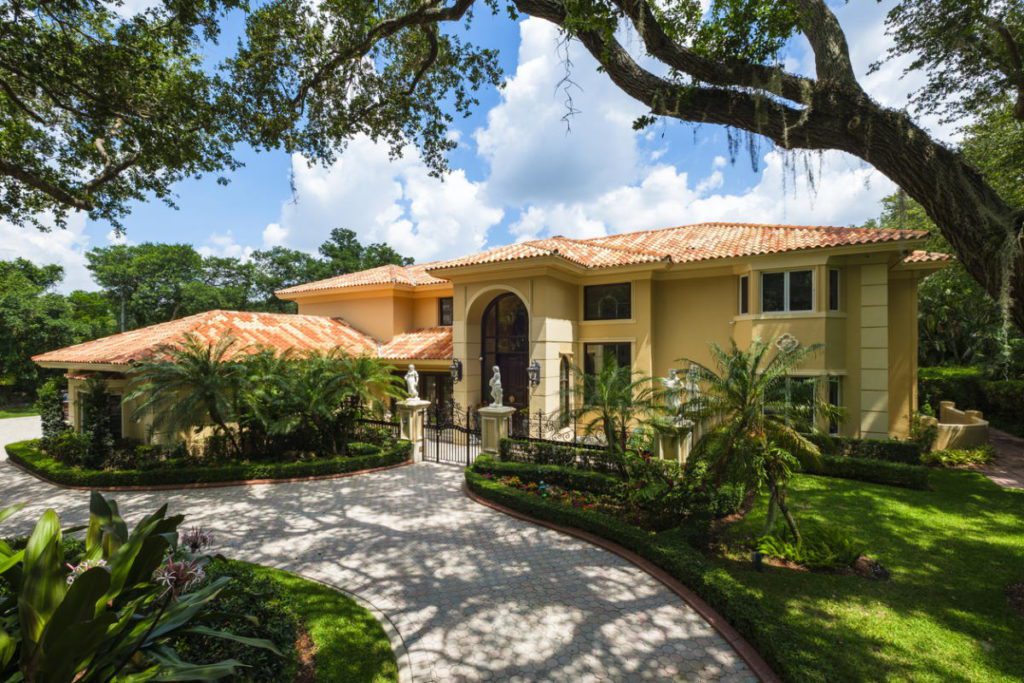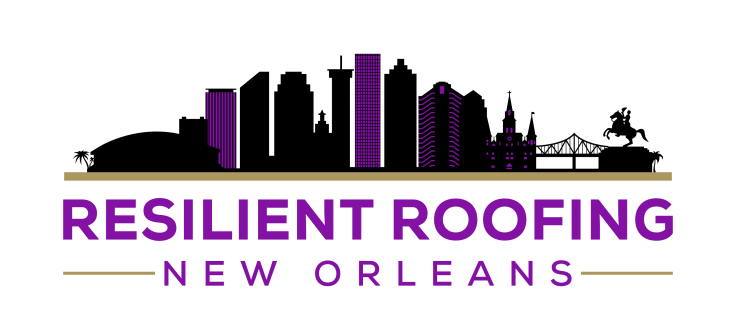For the Highest Quality Roofing at the Most Competitive Prices, Contact Us Today. Any questions? Call and ask!
For the Highest Quality Roofing at the Most Competitive Prices, Contact Us Today. Any questions? Call and ask!
Get a Free Quote
Resilient Roofing’s veteran roofers can help you choose the best roof for your home based on a comprehensive understanding of local factors, your home’s appearance and style, your budget, maximizing longevity and minimizing expenses, and resilience versus storms.
Several types of roofs can be used to cover homes. Some of the most popular types are asphalt shingles, metal roofs, tiles (ceramic and clay), slate, and wood roofing.
Asphalt shingles are one of the most popular types of roofing due to their affordability. Many homeowners choose this type because it’s also easy to install and maintain. This type of residential roof is made out of fiberglass and asphalt. It’s known for its affordability and durability and is most popular with homeowners. Asphalt shingles are available in three different grades: premium, architectural, and three tabs (the least expensive). This type of roof lasts an average of 15-25 years, depending on how well they’re maintained. They may also require periodic repairs due to weather damage.
The metal roofing is one of the most expensive types, but it’s also extremely durable and long-lasting. They can last up to 50 years or longer. This type of residential roof has several different grades, with each having its unique features in terms of design, function, and durability. It can be made out of steel (galvanized), aluminum, copper, zinc, or even stainless steel, depending on your budget and needs for your home. Metal roofs are fire-resistant and have a Class A fire rating. In addition, the metal is usually coated with a protective finish to prevent rusting or corrosion.
Tile roofs are made from clay or ceramic tiles that come in a variety of shapes and sizes. They last the longest out of all types, but they’re also one of the most expensive to install due to their high cost. Clay tile roofs have excellent heat insulation properties as well as being fireproof, so in our hot and humid climate, this type can be a great option. In fact, these tile roofs can be seen all over the city of New Orleans for good reason. And one of those is how resistant they are to wind damage which is something very helpful when you live in a hurricane prone area like the Gulf Coast.
Slate roofs are similar to tile roofs in terms of their appearance, durability and longevity. Due to their unique appearance, longevity, and durability, slate roofs tend to be more expensive than most other options. However, they come in a variety of designs and colors to suit your taste and your home’s style. One of the downsides is that due to their extremely heavy weight, your roofer must know how to properly asses your roof construction’s strength to ensure it can safely and adaquetely support your slate roof’s weight.
Tile roofs are made from clay or ceramic tiles that come in a variety of shapes and sizes. They last the longest out of all types, but they’re also one of the most expensive to install due to their high cost. Clay tile roofs have excellent heat insulation properties as well as being fireproof, so in our hot and humid climate, this type can be a great option. In fact, these tile roofs can be seen all over the city of New Orleans for good reason. And one of those is how resistant they are to wind damage which is something very helpful when you live in a hurricane prone area like the Gulf Coast.

Once you’ve chosen a type of residential roof to install on your home, it’s time for installation! This includes work such as flashing around vents and chimneys to ensure a tight seal to protect against wind damage. If you want more energy efficiency from your new or existing home roof, you may want to consider adding insulation before installation.
The roofing process starts by installing sheathing boards made out of plywood or OSB (oriented strand board). Once the base is in place, the underlayment is installed onto it and primed with an asphalt material to help seal any gaps within the structure. Next, another layer of insulation will be put into place before your roofing is installed.
Before any installation, you need to inspect to see what the current state of your roof is. This will determine how much work needs to be done and whether you should replace or repair it entirely with a new residential roof installation. If your roof needs repair, you should call residential roofing contractors new orleans.
Get a Free Quote
There are several reasons why homeowners would choose to install or replace their roofs: wear and tear, sagging asphalt shingles that could lead to leaks after heavy rainstorms or snowfall accumulations, missing shingles due to high winds, and other weather conditions such as hailstones hitting the surface area of your home’s roof over time can take its toll on how well your residential roof installation protects against water leakage into living areas.
Roof replacement will save you the time, hassle, and money of having to repair it later. If your new or existing home’s roof needs replacement due to damage such as missing shingles from high winds or water leakage into living spaces (caused by wear and tear), replacing it entirely with a brand new rooftop may be the best solution for you.
In some cases, a new residential roof installation may be the best solution for you. For example, if your current shingles are worn out and need to be replaced but your underlayment is still in good condition with no water damage or leaks present, then going ahead with a replacement will ensure that it’s done properly without having to worry about future issues arising due to wear and tear.
If you need a few missing shingles replaced or have your current asphalt shingles repaired, you should call for residential roof repair services. This will ensure the safety of your home and reduce chances of leaks from wear and tear damage on existing roofs by having them fixed instead.
If you notice a leak or water damage on your roof, don’t wait until the problem worsens and causes even more extensive damage to living areas. Instead, have it repaired immediately by calling residential roofing contractors who offer emergency services for such issues. In some cases, repairing your existing home’s roof yourself may be an option if you have experience working with roofing materials and tools.
If you’re worried about the cost of getting your roof fixed, it’s best to get quotes from local residential roofing contractors to save money. Each contractor should be able to provide a free estimate for their services so that you can compare prices and choose one before having them do any work on the property itself.
Here are the most common questions that homeowners ask when it comes to residential roofing:
You should be able to tell by looking at the shingles (if any) and determining their age based on the style of your house’s architecture. If you’re not sure about the age of your home’s rooftop, then you can call up local roofing contractors to find out for sure.
There isn’t a “best kind” since it will depend on factors like architectural style, location (climate), and budget, among others.
Some of the most popular roofing materials include asphalt shingle, metal (steel or aluminum), tile/clay, and wooden roofs, among others, depending on your home’s architecture and location. There is a wide variety to choose from, so make sure to research each one carefully before making a final decision.
Certain signs indicate your residential rooftop needs either repair or complete replacement as soon as possible due to extensive damage from wear and tear, leaks caused by missing shingles, and other issues. If you notice any of the following signs, it’s best to have a professional roofing contractor inspect your rooftop to determine if replacement or repair is necessary.
The price varies depending on material choices such as metal vs. wood, among other factors like weather conditions. It also depends on an existing rooftop since some require repairs while others can be entirely replaced with new materials altogether.
Residential rooftops designed specifically to withstand harsh winters and hot summers can last anywhere from 15 to 50 years, depending on the material used and quality of work.
The most common signs that you have a leaky rooftop are water spots on your ceilings, tiles, or wooden floors inside your home, as well as mold formation, which requires immediate attention to prevent the spread of bacteria and fungus.
Metal roofing can be considered one of the strongest commercial roofs for standing up to harsh weather conditions over time without breaking or cracking under pressure.
